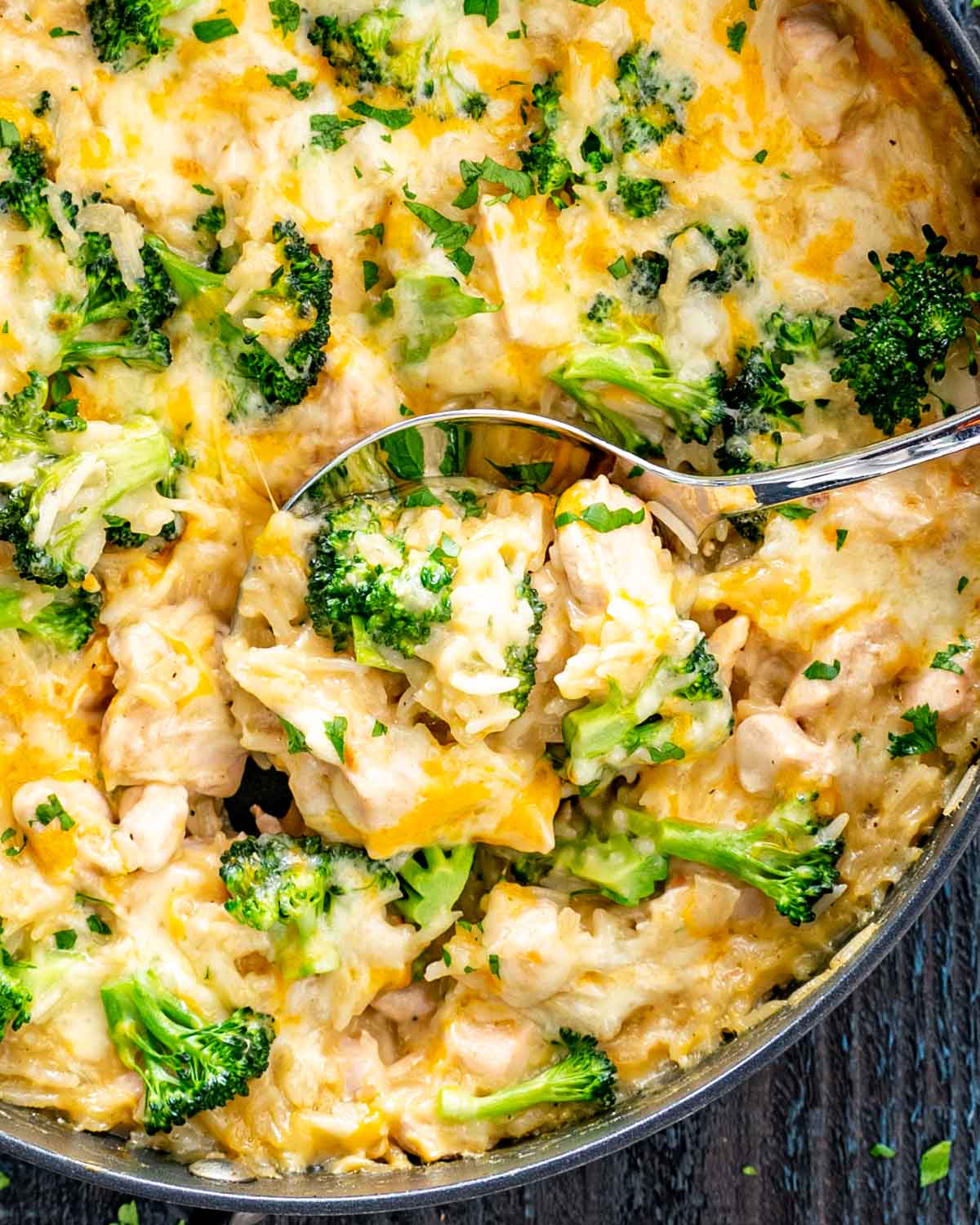Sharing is caring!
Lemon Butter Salmon with Roasted Veggies
Introduction
Looking for a quick, flavorful, and healthy dinner that’s ready in under 30 minutes? This lemon butter salmon recipe is your answer. Perfectly seared salmon fillets are bathed in a rich, tangy lemon butter sauce and paired with roasted veggies for a complete meal. Whether you’re a seafood lover or just looking for an easy weeknight dish, this recipe delivers restaurant-quality taste with minimal effort.
Salmon is packed with omega-3 fatty acids, protein, and essential nutrients, making it a powerhouse ingredient. The bright citrus notes from the lemon balance the buttery richness, while roasted vegetables add texture and depth. If you love sheet pan dinners like our sheet pan vinegar chicken, you’ll appreciate the simplicity of this one-pan wonder.
From busy parents to meal-prep enthusiasts, this lemon butter salmon is versatile enough to fit any lifestyle. Plus, it’s naturally gluten-free and keto-friendly, so dietary restrictions won’t hold you back. Ready to elevate your dinner game? Let’s dive in!
Table of Contents
Ingredients List
- 4 salmon fillets (6 oz each)
- 3 tbsp unsalted butter, melted
- 2 tbsp fresh lemon juice
- 1 tsp lemon zest
- 2 garlic cloves, minced
- 1 tbsp chopped fresh parsley
- ½ tsp salt
- ¼ tsp black pepper
- 1 lb baby potatoes, halved
- 1 cup asparagus, trimmed
- 1 tbsp olive oil
Timing
- Prep Time: 10 minutes
- Cook Time: 20 minutes
- Total Time: 30 minutes
- Serves: 4
Step-by-Step Instructions
Follow these simple steps to make delicious lemon butter salmon with roasted veggies:
- Preheat your oven to 400°F (200°C). Line a baking sheet with parchment paper for easy cleanup.
- Season the salmon with salt, pepper, and a light drizzle of olive oil. Place it skin-side down on the baking sheet.
- Prepare the lemon butter sauce by melting butter in a small saucepan. Add minced garlic, lemon juice, and zest. Simmer for 1-2 minutes.
- Toss the veggies (like asparagus, bell peppers, or zucchini) with olive oil, salt, and pepper. Arrange them around the salmon.
- Drizzle the lemon butter sauce generously over the salmon and veggies.
- Bake for 12-15 minutes until the salmon flakes easily and the veggies are tender.
- Garnish with fresh parsley and extra lemon slices before serving.
Nutritional Information
This lemon butter salmon recipe is not only flavorful but also packed with nutrients. Here’s the breakdown per serving (based on 4 servings):
- Calories: 320
- Protein: 28g
- Healthy Fats: 20g (including omega-3s)
- Carbs: 8g
- Fiber: 3g
For more protein-rich meals, try our sheet-pan chicken shawarma or air-fryer chicken. If you’re looking for plant-based alternatives, Cuban black beans or beef stir-fry are excellent options.
Healthier Alternatives for the Recipe
Want to lighten up your lemon butter salmon without sacrificing flavor? Try these simple swaps:
Lighter Butter Options
Replace traditional butter with whipped coconut oil or olive oil for a dairy-free twist. Greek yogurt blended with lemon zest also mimics the creamy texture.
Low-Sodium Adjustments
Skip table salt and use capers or a splash of citrus-infused vinegar for tang. Fresh herbs like dill or parsley add depth without extra sodium.
Veggie Boost
Roast fiber-rich veggies like Brussels sprouts or asparagus alongside your salmon. For inspiration, check out our sheet-pan roasting guide.
Leaner Protein
Wild-caught salmon has fewer calories than farmed varieties. For a plant-based alternative, try marinated tofu steaks with the same lemon butter glaze.
Serving Suggestions
Elevate your lemon butter salmon with these pairing ideas:
Grain Pairings
Fluffy quinoa or saffron-infused couscous absorbs the citrus sauce beautifully. For gluten-free options, try cauliflower rice.
Salad Combos
A crisp apple-walnut salad balances the richness. Our lime-jicama slaw adds crunch.
Bread Selection
Serve with warm whole-grain rolls to mop up the sauce. Garlic naan makes it feel indulgent.
Wine Pairings
A citrusy Sauvignon Blanc or dry Riesling complements the dish perfectly. For non-alcoholic options, try sparkling water with lemon wedges.
Common Mistakes to Avoid
Making lemon butter salmon is simple, but a few missteps can affect flavor and texture. Here’s what to watch for:
Overcooking the Salmon
Salmon dries out quickly. Aim for an internal temperature of 125°F (medium-rare) to 145°F (well-done). Use a meat thermometer for precision. If you love perfectly cooked proteins, check out our air fryer chicken guide for more tips.
Skipping the Skin
Cooking salmon skin-side down first ensures crispy skin and even doneness. For a crispy alternative, try techniques from this stir-fry recipe.
Using Cold Butter
Room-temperature butter blends smoothly with lemon juice. Cold butter can create a lumpy sauce. For creamy sauces, learn from whipped cream techniques.
Storing Tips for the Recipe
Preserve your lemon butter salmon’s freshness with these storage hacks:
Refrigeration
Store leftovers in an airtight container for up to 2 days. Reheat gently to avoid drying. For longer storage, freeze individual portions wrapped in foil. Need more ideas? Our chili storage tips apply here too.
Freezing Cooked Salmon
Flash-freeze fillets on a tray before transferring to freezer bags. Thaw overnight in the fridge. For freezer-friendly meals, explore cookie dough freezing methods.
Reviving Leftovers
Add a splash of lemon butter sauce when reheating to restore moisture. Pair with roasted veggies for a quick meal, like our sheet-pan shawarma.
Conclusion
Lemon butter salmon is a foolproof, flavor-packed dinner that’s as easy to make as it is delicious. Whether you’re cooking for a weeknight meal or impressing guests, this dish delivers every time. The zesty lemon butter sauce enhances the salmon’s natural richness, while roasted veggies add a nutritious and colorful touch.
For more sheet-pan dinner inspiration, try our sheet-pan vinegar chicken or chicken shawarma recipe. Both are perfect for busy nights when you want minimal cleanup without sacrificing taste.
FAQs
Can I use frozen salmon for this recipe?
Yes! Thaw it completely and pat it dry before cooking to ensure the lemon butter sauce adheres well.
How do I know when the salmon is cooked through?
The flesh should flake easily with a fork and reach an internal temperature of 145°F (63°C).
Can I substitute other vegetables?
Absolutely. Asparagus, zucchini, or Brussels sprouts work beautifully—adjust roasting times as needed.
Is there a dairy-free alternative to butter?
Coconut oil or olive oil can replace butter, though the flavor profile will differ slightly.
How long does leftover lemon butter salmon last?
Store it in an airtight container for up to 2 days in the fridge. Reheat gently to avoid drying out.










